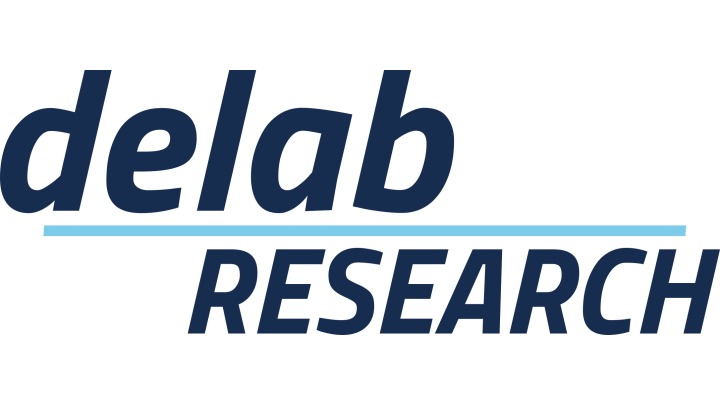 Certified Startup
Certified Startup
1.) Using Bluetooth Low Energy (BLE) beacons (transmitters) and gateways (receivers), we will be able to locate automobiles indoors, with very good accuracy. The position tracking is further improved using Machine Learning algorithms and data analytics is also provided.
2.) By using historical weather and solar irradiance (GHI) data, state-of-the-art machine learning models are trained and they are used to accurately predict and forecast renewable energy production for the next day.
3.) Using a smart energy monitoring device to allow consumers access to data on power analysis and energy consumption. Using machine learning-based load disaggregation techniques, the energy consumption of individual devices is also calculated thereby providing better insights to the consumers.